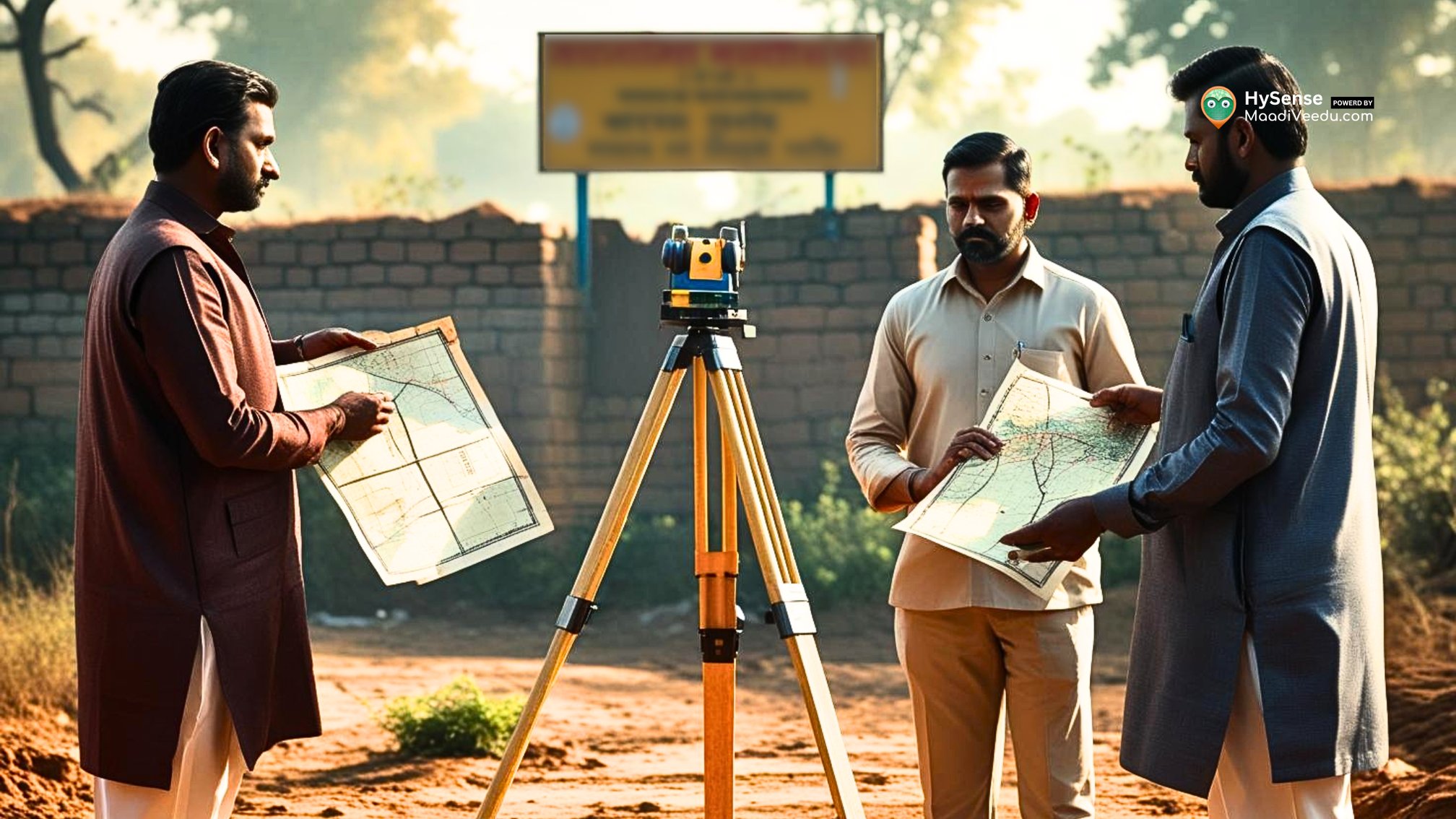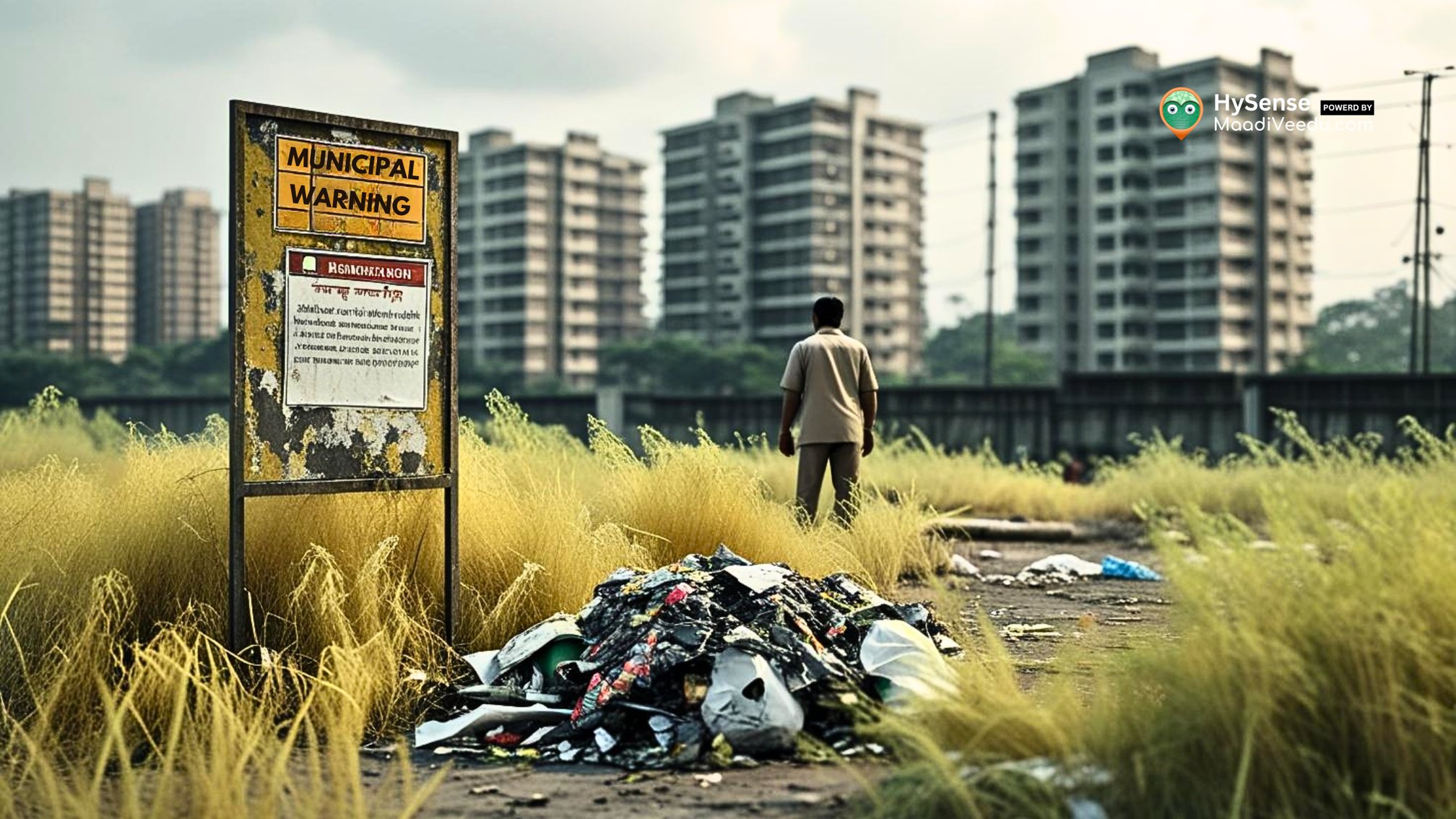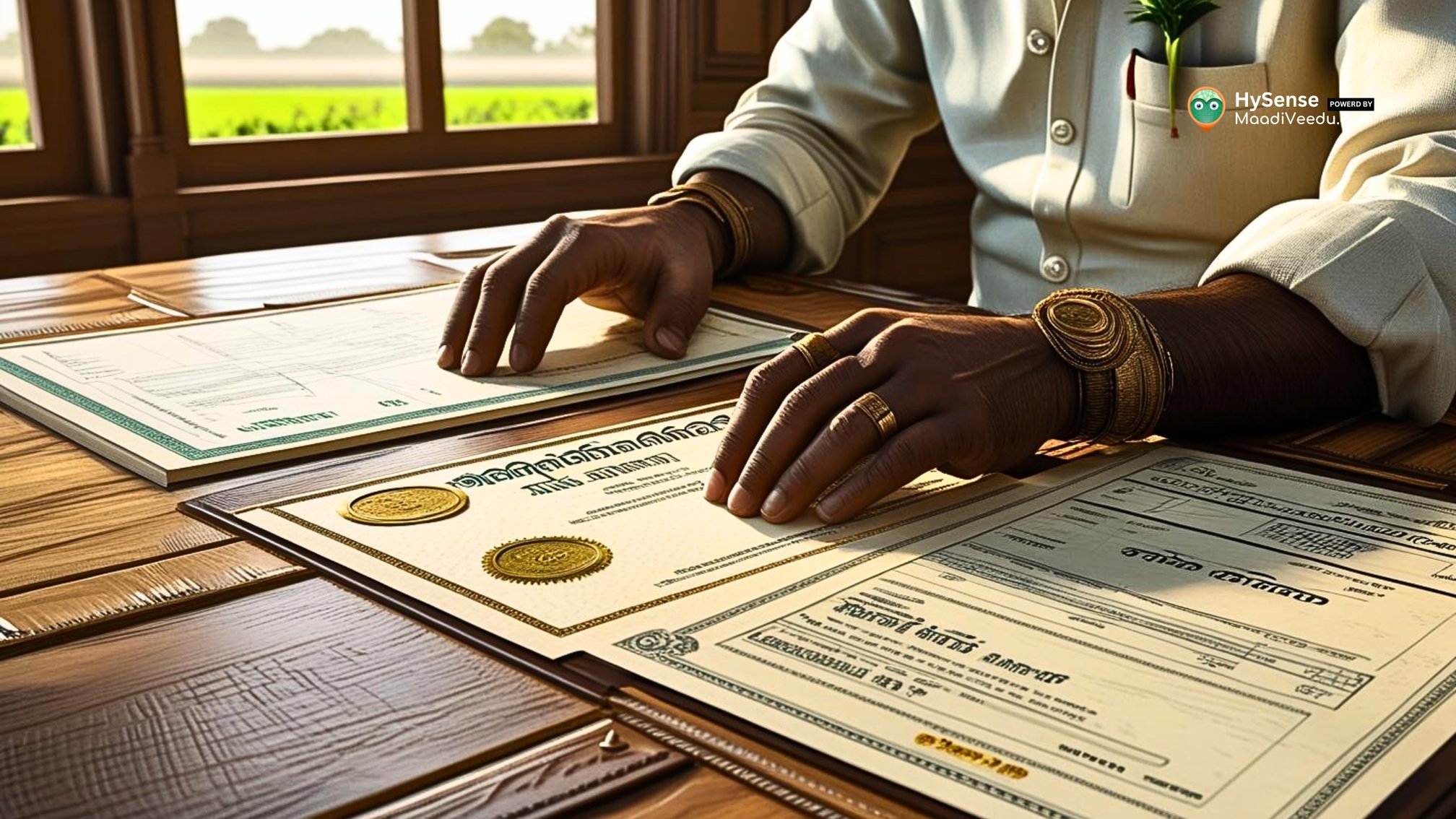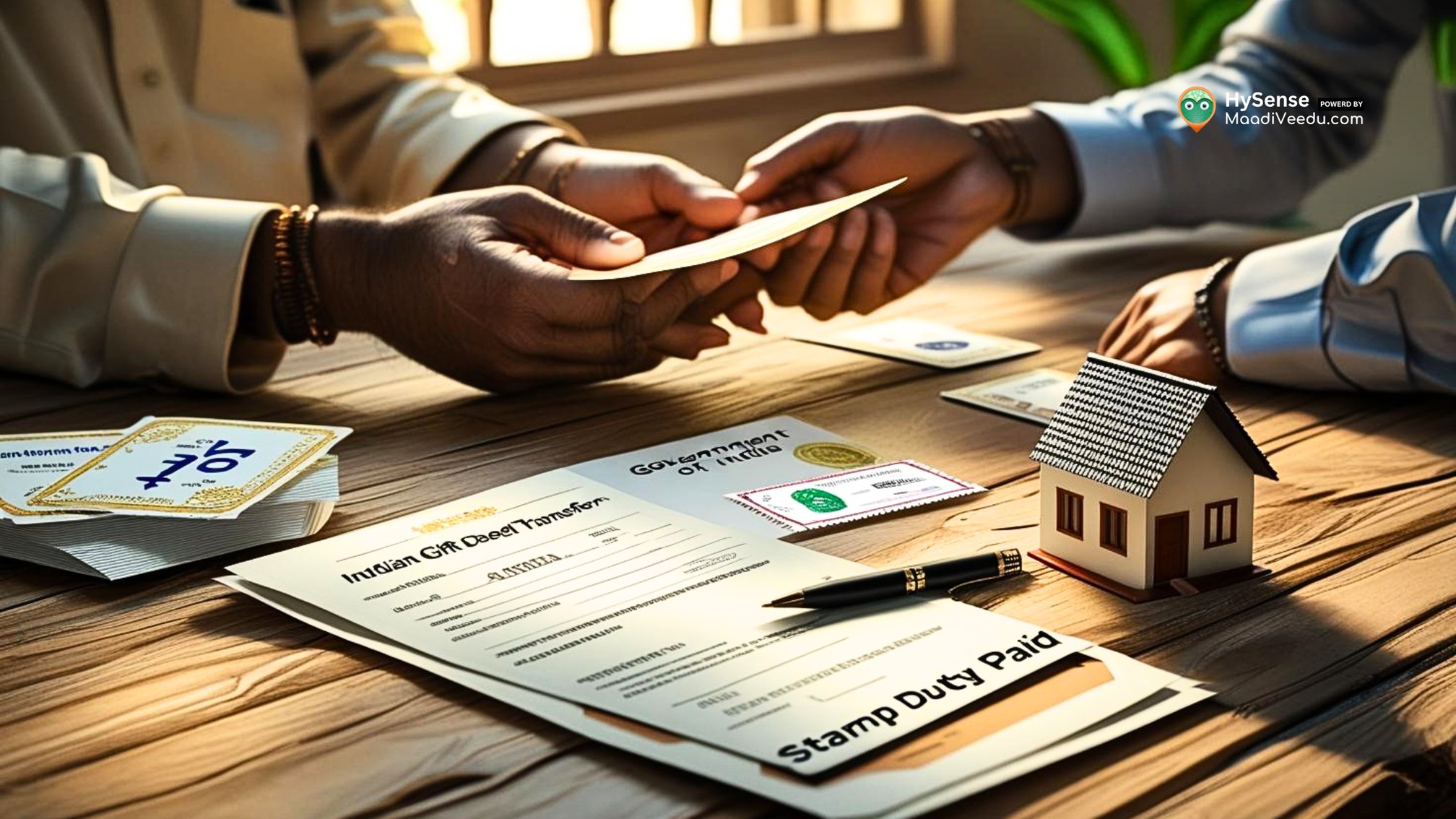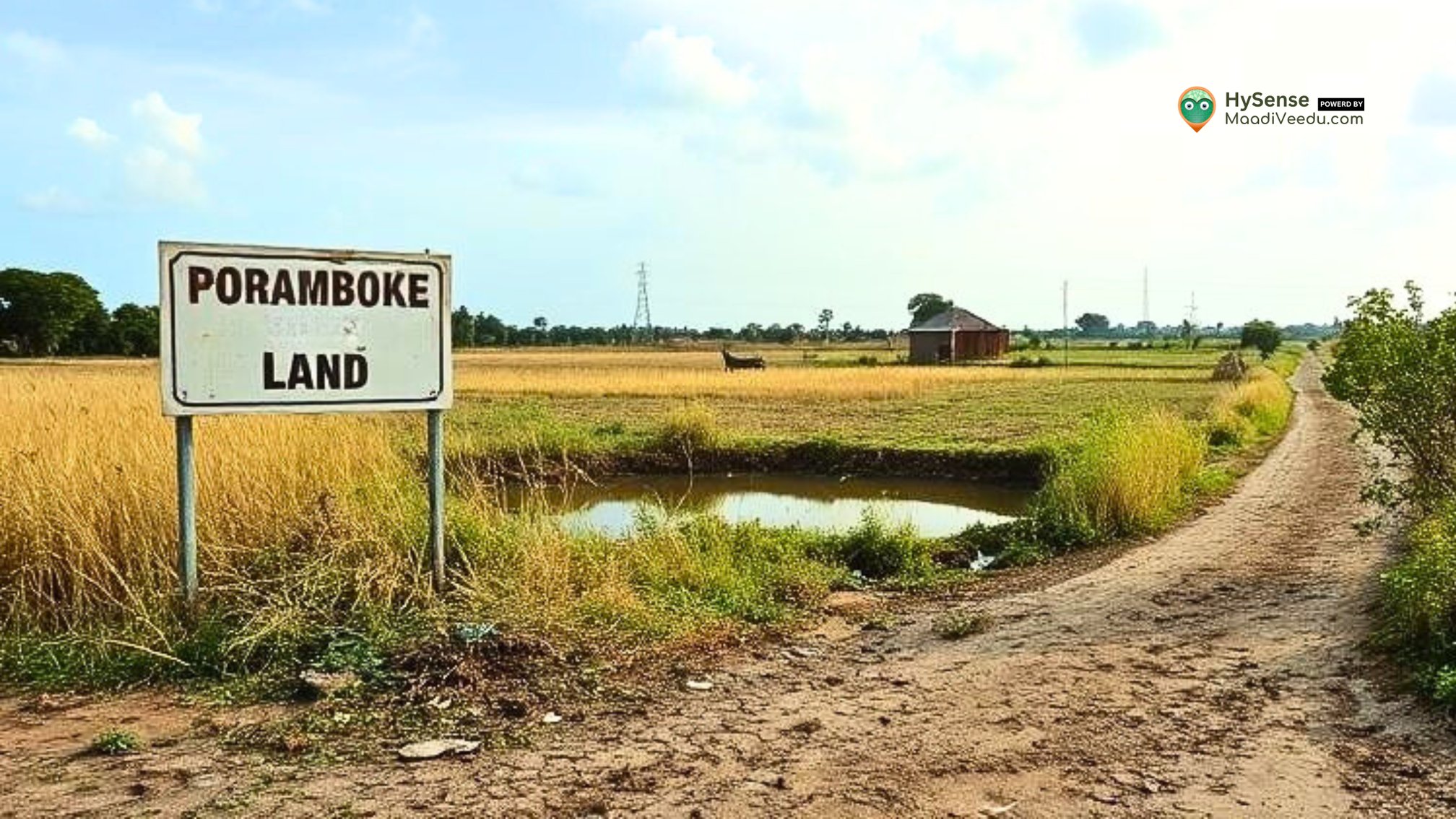Green Building Trends in India: 5 Exciting Innovations to Watch
Discover the latest green building trends in India! Learn how eco-friendly materials, energy-saving tech, and water conservation can create sustainable homes and offices.
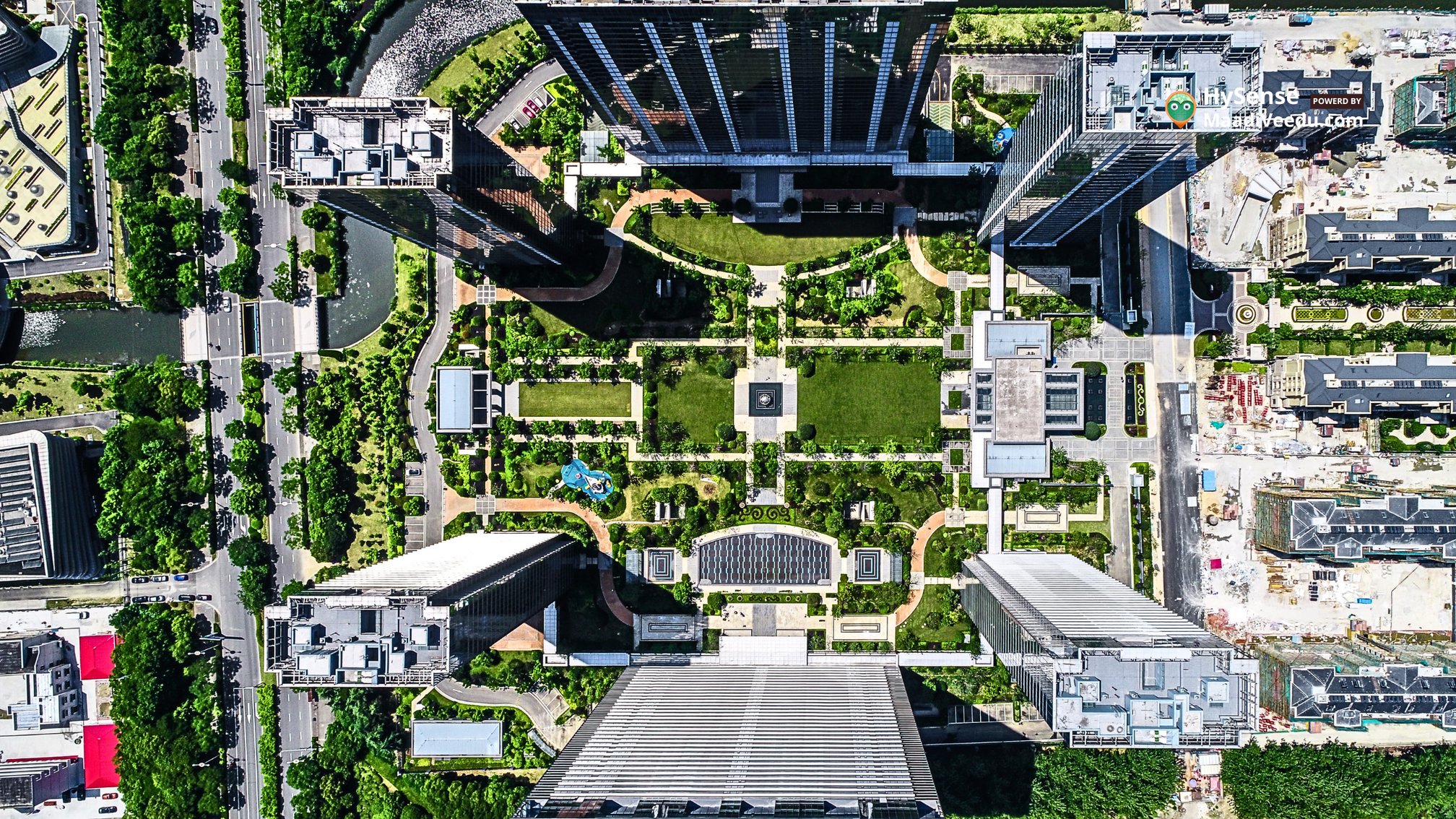
Table of Contents
Introduction
In India, the idea of green building has been gaining a lot of attention in recent years. With concerns about climate change and environmental damage on the rise, more people are focusing on creating buildings that are not only functional but also eco-friendly. Green buildings are designed to reduce energy usage, save water, and have a minimal impact on the environment. In this blog, we’ll take a look at five key green building trends that are changing the way real estate projects are being developed in India.
1. Energy-Efficient Buildings: Leading the Charge in Green Construction
Energy-efficient buildings are at the forefront of India’s green building movement. With energy demands increasing every year, the real estate sector is embracing new technologies and materials that help reduce energy consumption and carbon footprints. These buildings are designed to use less energy, which helps reduce electricity bills and lowers the overall impact on the environment.
Key Innovations in Energy Efficiency
- Advanced Insulation Materials: Traditional insulation materials like fiberglass are being replaced with more advanced options, such as aerogels and vacuum-insulated panels. These materials offer better thermal performance, which means buildings can stay warmer in the winter and cooler in the summer without relying heavily on heating or air conditioning.
- Smart Building Technologies: The use of smart sensors and automation systems is becoming more common. These technologies allow building owners to monitor energy consumption in real-time. For example, smart thermostats can adjust the temperature based on the number of people in a room, while motion sensors can turn off lights when they’re not needed. know more
Impact on Sustainable Real Estate
Energy-efficient buildings not only help save money on utility bills but also contribute to a more sustainable environment. By reducing the amount of energy needed, these buildings help lower carbon emissions and support India’s goal of becoming more energy-efficient. These practices are setting new standards for real estate development, where energy conservation is a top priority.
2. Green Building Certifications: Setting Standards for Sustainable Construction
Green building certifications are a way to ensure that buildings meet specific environmental standards. These certifications are given to buildings that follow eco-friendly practices in construction, energy use, water management, and more. For property developers, earning a green certification can boost a building’s value and appeal to buyers and renters who are looking for environmentally responsible properties.
Leading Green Building Certification Programs
- LEED (Leadership in Energy and Environmental Design): LEED is one of the most recognized green building certification programs worldwide. It looks at how a building performs in several areas, such as energy efficiency, water conservation, and use of sustainable materials. A LEED-certified building is considered environmentally friendly and sustainable.
- IGBC (Indian Green Building Council): In India, the IGBC offers green building certifications that are tailored specifically to local needs. These certifications cover various building types, including residential, commercial, and industrial projects. The IGBC encourages developers to adopt practices that reduce waste, conserve energy, and make better use of natural resources.
Why Green Certification Matters
Obtaining a green certification not only helps in marketing a property but also shows that the developers are committed to sustainable practices. These buildings typically cost less to maintain and have better indoor air quality, which makes them healthier to live and work in. Additionally, green-certified buildings attract tenants or buyers who are looking for properties that align with their environmental values.
3. Sustainable Building Materials: Transforming Eco-Friendly Construction
The materials used to build a structure have a big impact on the environment. Over the past few years, there has been a significant shift towards using sustainable building materials that have a smaller environmental footprint. This includes materials that are recycled, made from renewable resources, or produced with minimal energy.
Innovative Sustainable Materials
- Recycled and Upcycled Materials: Many builders are now using reclaimed materials like wood, metal, and stone. For example, old bricks, steel beams, or wooden furniture can be repurposed into new construction materials. This not only reduces waste but also lowers the need for new raw materials, making the construction process more eco-friendly.
- Low-Impact Materials: Some traditional building materials are being replaced with more sustainable alternatives. For instance, bamboo, which grows quickly and doesn’t require pesticides, is being used as an alternative to wood in flooring and furniture. Similarly, rammed earth and cob (earth mixtures) are becoming popular choices in construction due to their low environmental impact.
Benefits of Sustainable Materials
Sustainable materials help reduce a building’s carbon footprint, as they are often made with less energy or sourced from renewable resources. These materials also contribute to better indoor air quality by avoiding harmful chemicals often found in synthetic products. Plus, many of these materials are durable and can last longer, reducing the need for repairs and replacements over time.
4. Water Conservation Technologies: Promoting Efficiency in Real Estate
As water becomes an increasingly scarce resource in many parts of India, using water efficiently has become a top priority in green buildings. There are several technologies available today that help conserve water, making buildings more sustainable and less dependent on municipal water supplies.
Key Water Conservation Technologies
- Rainwater Harvesting: This technique involves capturing rainwater from rooftops and storing it for later use. The collected water can be used for non-drinking purposes like watering gardens, cleaning, or flushing toilets. By collecting rainwater, buildings can significantly reduce their reliance on local water supplies.
- Greywater Recycling: Greywater is the wastewater that comes from sinks, showers, and washing machines. Instead of letting it go to waste, this water can be treated and reused for tasks like irrigation or flushing toilets. Greywater recycling helps save clean water for drinking and other essential uses.
Impact on Sustainability
Water conservation technologies not only reduce water wastage but also ensure that buildings are prepared for water shortages in the future. They help make the building more self-sufficient and resilient, particularly in areas where water scarcity is a growing concern. These technologies also reduce the overall environmental impact of construction and support sustainable development goals.
5. Green Roofs and Living Walls: Connecting Urban Spaces with Nature
As cities continue to expand, bringing more greenery into urban areas has become essential for improving the quality of life. Green roofs and living walls are innovative solutions that allow people to connect with nature, even in densely populated areas.
Innovations in Green Roofs and Living Walls
- Green Roof Systems: These are roofs that are covered with plants, which can help to cool buildings by absorbing heat from the sun. Green roofs also help manage rainwater by soaking it up, reducing the risk of flooding in urban areas. Additionally, they improve air quality by absorbing pollutants and releasing oxygen.
- Living Walls: Also known as vertical gardens, living walls are made by attaching plants to the sides of buildings. These green walls provide insulation, reduce heat, and create a natural habitat for urban wildlife. They also add a beautiful, calming element to city landscapes.
Benefits of Green Roofs and Living Walls
These green spaces not only improve the aesthetic appeal of buildings but also offer several environmental benefits. They help to reduce the urban heat island effect, where cities become significantly hotter than surrounding areas. Green roofs and living walls also improve air quality, reduce energy use, and create more comfortable living and working environments.
Conclusion
The green building movement in India is rapidly gaining momentum, and the trends we’ve discussed are shaping the future of real estate in the country. From energy-efficient buildings to water-saving technologies, these innovations are not only helping to reduce environmental impact but also making buildings more cost-effective and comfortable for their occupants. By embracing these green building trends, India can move towards a more sustainable future in real estate development, helping to ensure a healthier planet for generations to come.
Stay inspired and explore more eco-friendly ideas for sustainable living—connect with us here for daily updates and tips!

